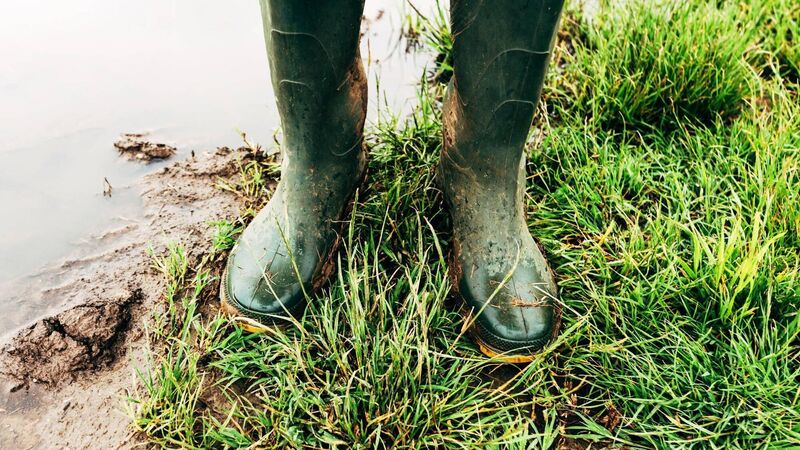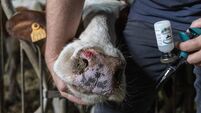Advice to check well water after recent heavy rains

There is an increased risk of contamination after the sustained heavy rainfall of several months.
Almost two out of every 10 people in Ireland get their water from a private supply, and they have been advised to check their well water supply because there is an increased risk of contamination after the sustained heavy rainfall of several months.
About 720,000 people in Ireland get their water from a private supply. They should not assume their private well water is safe to drink. A recent investigation showed 29% of Irish private wells, nearly one in three, were contaminated with E coli bacteria, which can cause serious illness. Although most strains of E coli are harmless, and they live in the intestines of healthy humans and animals, verocytotoxigenic E coli (VTEC) strains produce a powerful toxin and can cause severe illness.
Or wells could also have harmful parasites such as cryptosporidium.
A well should generally be located up-slope, and as far away as possible, from potential sources of pollution such as septic tanks and farmyards. Wastewater systems, including tank, should not be within 30m (almost 100ft) of a well. This distance should be increased if a well is down-sloped from the wastewater system. Make sure the wastewater system is properly operated and maintained — there is advice on this in the Environmental Protection Agency's maintainyourseptictank.ie website.
Make sure your well head is protected, and there are no gaps around the top of the well water casing where contamination can get in. Any gaps should be filled with cement grout. The space between the casing and the surrounding soil and rock should also be filled, so contaminated groundwater does not reach the deeper, cleaner groundwater that is pumped into the house from your well.
Generally, water wells are 60-120m (197-394ft) deep. The water well casing should extend 20-40m (about 65-131ft) deep. The pump should be inside the well water casing, if possible, to protect it.
Clean groundwater from deeper in the rock flows to the pump and into the house.
Check slurry is not being spread on land too close to your well, or on bare rock where it may contaminate the groundwater. Land-spreading should not be carried out within 25m (or about 80ft) of a well.
Check household or farm chemicals such as pesticides, oils, paints, are not being stored within 5m (16ft) of the well head, in a way that they could leak or spill into the top of your well.
Check fuel storage tanks are not located within 30m (almost 100ft) of a well. If they are, you should consider getting a special tank so any leaks or spills are collected.
Check if animals have access to the well head. Animals should be fenced off at least 3m (about 10ft) from the well head.
All unused wells or boreholes should be sealed or filled in, so contamination cannot flow directly into groundwater.
Your local authority or HSE environmental health officer can advise on water testing. You can expect to pay about €65 for microbiological testing and about €130 for a full drinking water test. The Environmental Protection Agency's protectyourwell.ie website has a list of testing laboratories.
Test your well water at least once a year, ideally after heavy rain, when contamination is more likely.
If your water is contaminated, you must get rid of the sources of contamination by moving them further away, or by protecting your well head. You must disinfect the well, supply pipe, and the internal plumbing of the house. Then, install water treatment. In most cases, this will be a form of disinfection such as ultraviolet light.
According to the Environmental Protection Agency, water treatment costs €600-€3,000 to install, with annual maintenance costs of €260-€340.
The alternative is to connect to a public or group water supply, if one is available nearby. A group water supply is a community owned and managed supply. Check with your local authority to see what is available locally.
If you are concerned about your health, contact your local general practitioner. The local authority or your local HSE environmental health officer can provide advice, if you are concerned about your well water.
Drilling a properly constructed well and installing a pump can cost between €6,000 and €9,000. Existing well owners may be eligible for a grant to drill a new well or for other improvements such as essential pumping or treatment equipment.
A grant of up to three quarters of the cost, up to a maximum of €2,031.58, is available from your local authority, subject to conditions — there cannot be an alternative group or public supply available, the house must be more than seven years old, only one grant per house will be allowed in a seven-year period, and the proposed work must cost more than €635.
Contact your local authority for more information about this grant and the full conditions.











